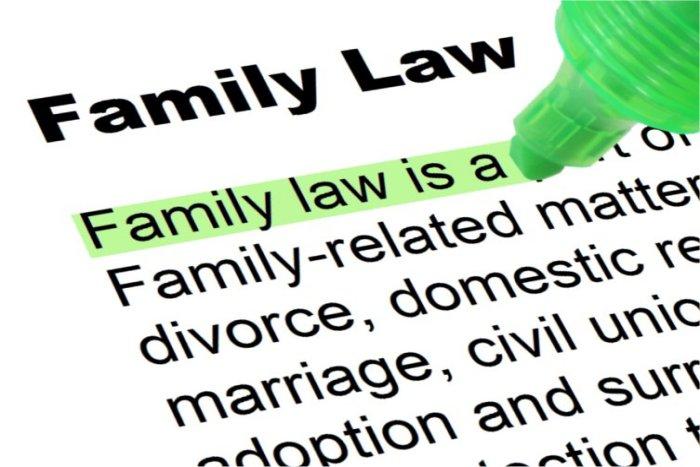A report compiled by the Canadian Centre for Justice Statistics revealed that 4% of all Canadians who have been married or involved in a common law partnership have experienced abuse at the hands of their spouse at one point or another. The study further reflected that suffering violent or grievous spousal abuses can lead to the development of psychological symptoms consistent with the Post Traumatic Stress Disorder (PTSD) in victims.
Hence, it is crucial for victims of assault or abuse to be able to report these mistreatments effectively and protect their family from further mental, emotional or physical afflicts. Peace bonds and restraining order are two effective methods to ensure the security of victims and break this cycle of abuse. However, it is important for the victims to file accurately for the right orders of protection suited to their case.
To aid this process of selection, here’s a closer at a peace bond vs restraining order:
What is a Peace Bond?
A Peace Bond as the name suggests is a mandate issued by the provisional court under the section 810 of Canadian Criminal Code urging the offender to maintain ‘peace’ and follow other directives mentioned in the order. Peace bonds can be issued only by a judge or a Justice of the Peace and necessitate the presence of the respondent during the enquiry. For the province of Alberta, anyone with a tangible threat to their safety can obtain a peace bond with the aid of their local police authorities. These bonds can compel the offender to:
- Maintain good behaviour
- Prevent any form of contact with the victim
- Abstain from the consumption of abusive substances like alcohol or drugs
- Prevent the possession of weapons
Although victims can apply for a peace bond directly, it is recommended to consult a lawyer for the same. The process of obtaining these mandates can be protracted and may oblige the victim to submit a tangible proof of threat. An experienced lawyer can help you complete these proceedings correctly and obtain a peace bond.
What is a Restraining Order?
A restraining order is another set of a court-issued mandate similar to a peace bond in many legal aspects except in terms of its instatement and its period of validity. A restraining order can be obtained Ex-Parte (without a formal notice to the defendant) and needs to be worded very carefully to ensure the security of the victim and her family. It is highly recommended to consult a skilled lawyer to obtain this orders of protection swiftly.
Peace Bond VS Restraining Order:
S.No.
Terms
Peace Bond
Restraining Order
1
Reason
Threat to safety, attempt to assault
Threat to safety, attempt to assault, post the instigation of battery
2
Impact
Urges the offender to abide by the mandates issued in the order by keeping a deposit in court. Leads to civil or criminal prosecution.
Enforces a distance between the victim and the offender. Leads to criminal prosecution
3
Suitable for
Victims of domestic violence and harassment
Victims of spousal abuse, stalking, intellectual property infringement
4
Validity
Up to a year
Till the litigations are settled
5
Procedure
Can be obtained with the help of local police authorities
Can be obtained directly from the provincial court
Obtaining these orders of protection speedily is crucial to ensure the safety of victims. To learn more about these procedures, consult a practised law firm today.

